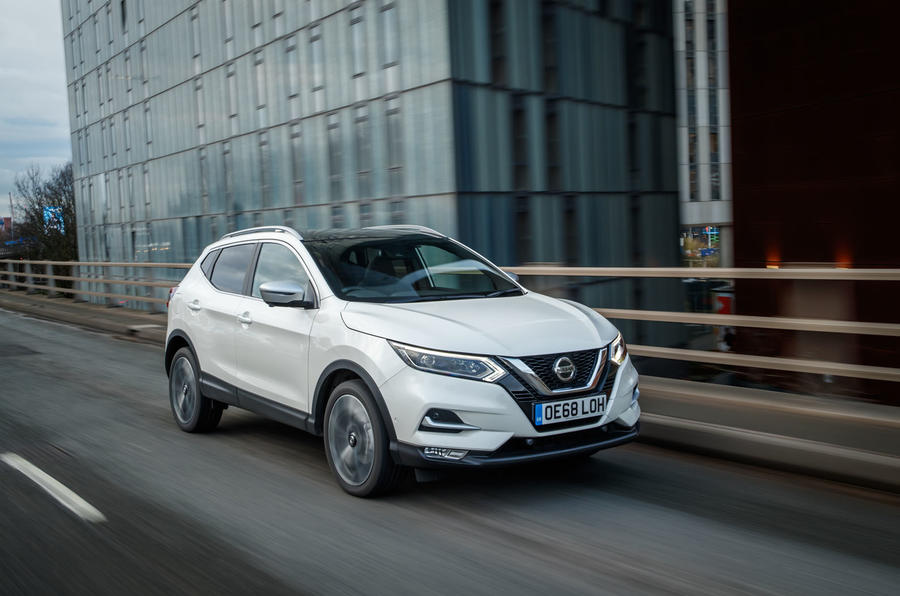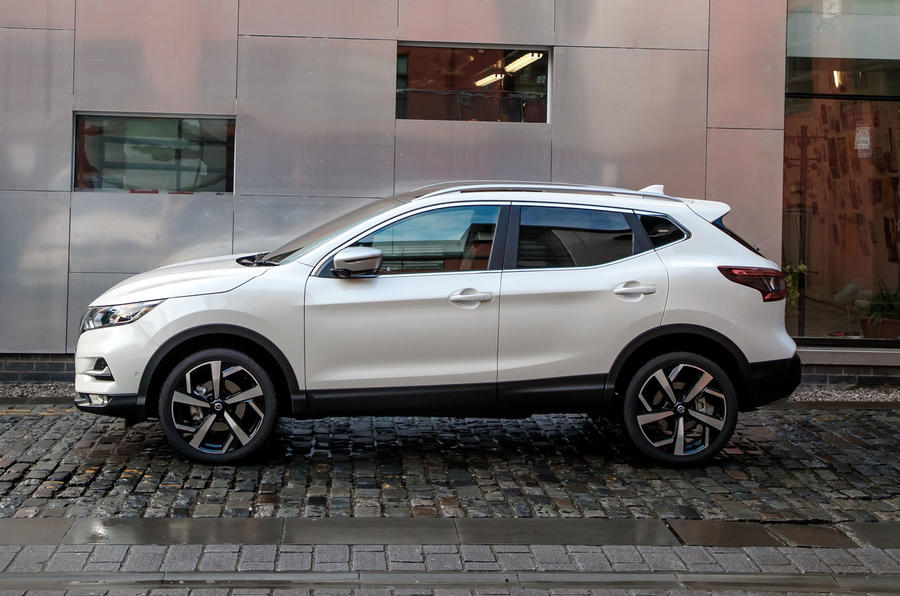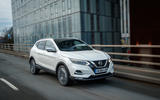What is it?
A year on from its mid-life facelift, the second-generation Nissan Qashqai is comfortably still the country’s most popular crossover - but this is a rapidly growing corner of the market, and competition is fierce.
Rivals were beginning to eclipse the class-defining Qashqai with more dynamic handling and more up-to-date infotainment - although not, it must be said, with higher sales. So, to maintain its position at the top, Nissan has fired back with a focus on technology and a brace of new engines.
There’s now a single petrol, a 1.3-litre turbocharged four-pot, which replaces the 1.2-litre and 1.6-litre units. It's available in two states of tune, and both versions are more efficient than the engines they replace, with improved fuel economy and lower emissions courtesy of a petrol particulate filter. Plus, they are tuned to deliver more torque at the lower end of the rev range - something lacking in the old 1.2.
The more potent 158bhp engine can now be mated to a seven-speed dual-clutch automatic gearbox, a first for any mainstream Nissan and following in the tyre treads of the flagship Nissan GT-R supercar. It is the model tested here, in top-end Tekna trim.
The petrol is joined by a 1.5-litre diesel at launch and will be followed by a 1.7-litre oil-burner in early 2019. The latter will reintroduce a CVT transmission to the range, along with four-wheel drive. All petrol models are front-wheel-drive only.




























Join the debate
Add your comment
It's design
Nissan has a good designed structure and a good colours.
299-a-month fodder
A 21st century Cortina for a fatter generation.
Wheels
The difference wheel size and all the variables associated with wheels and tyres can make is incredible but most drivers aren't aware because they will never drive the same model with different wheel setups.